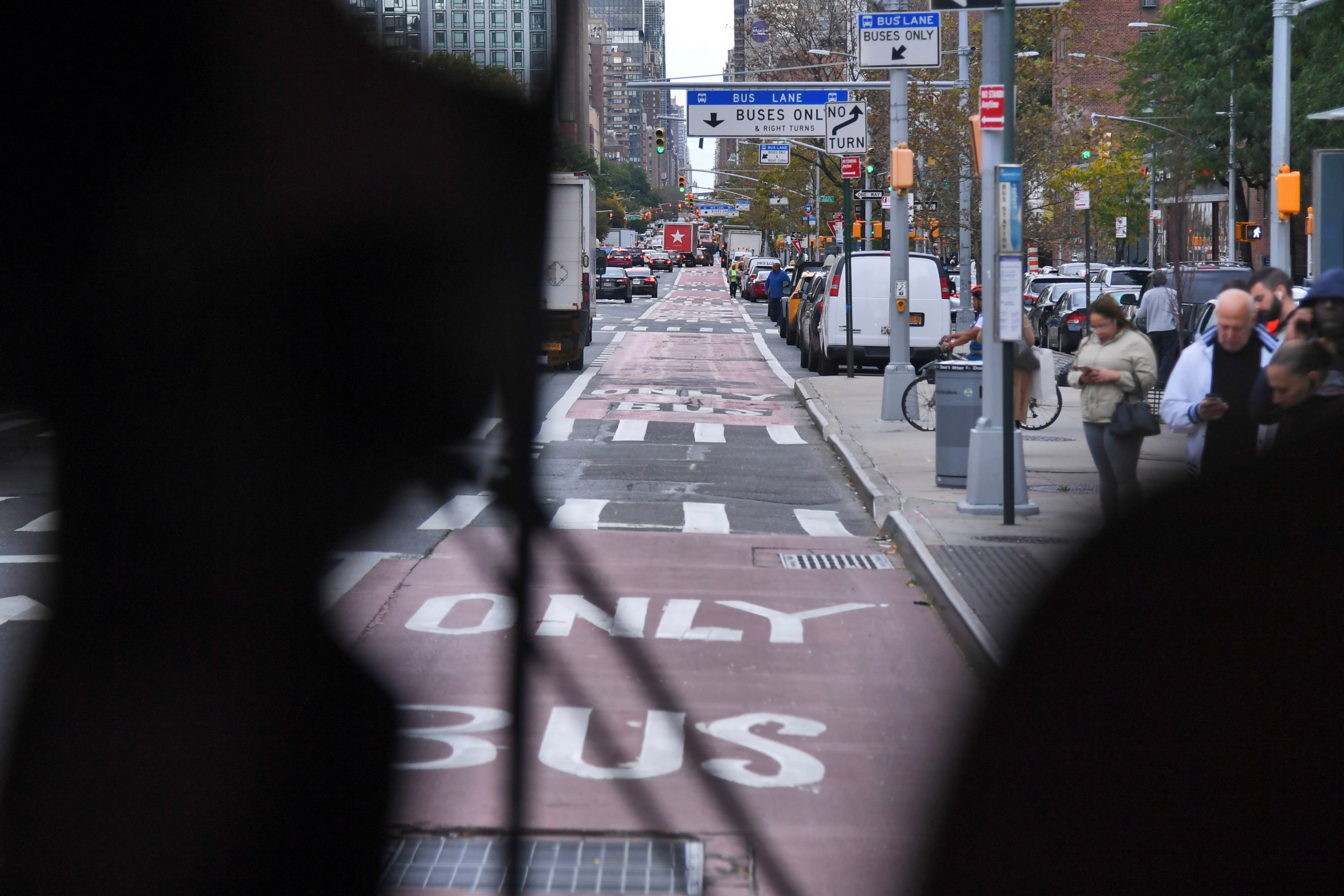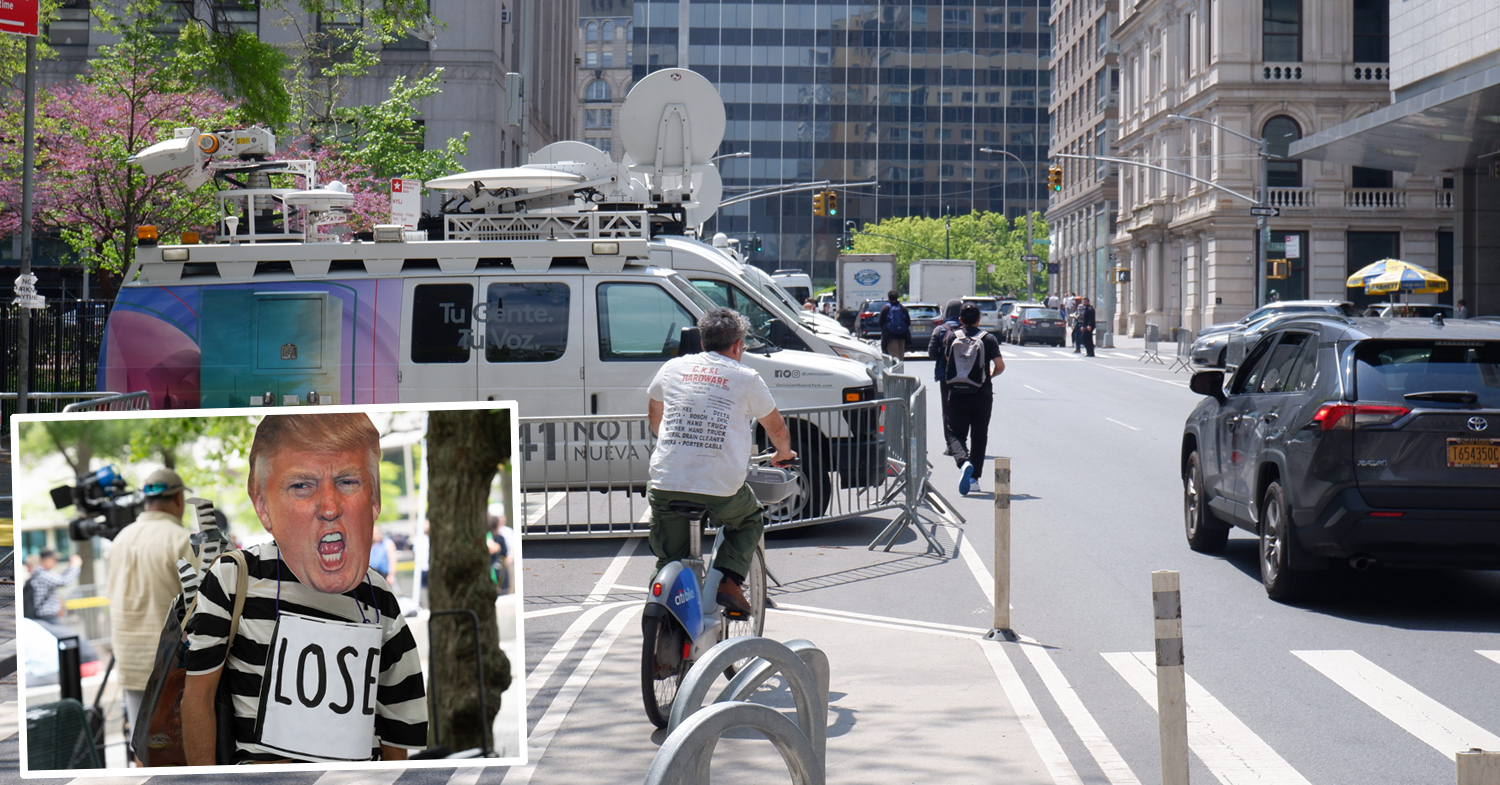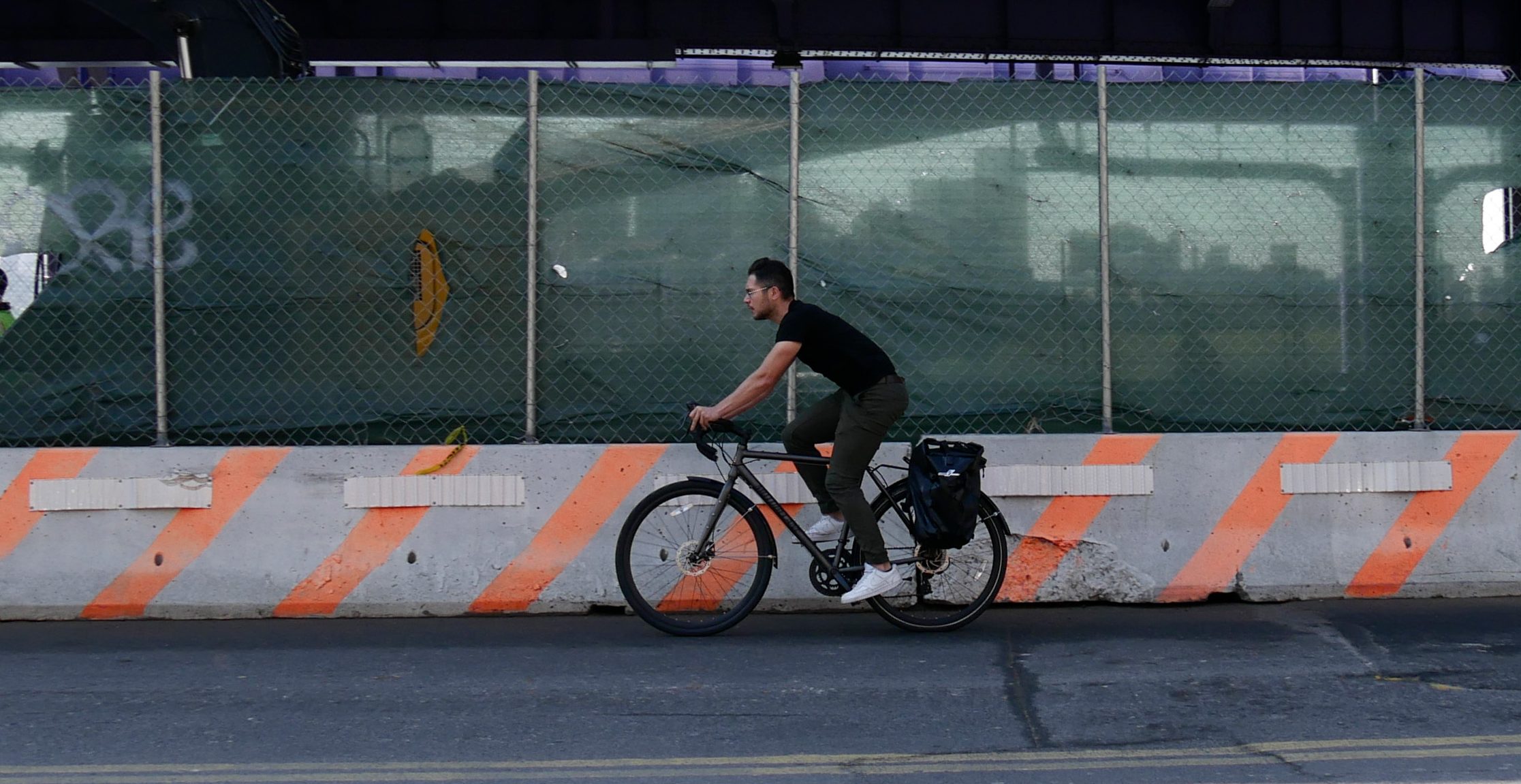The deal that produced the 17-member Congestion Mitigation Commission mandated the MTA to "submit comments on the Mayor's [congestion pricing] plan" by October 1, 2007. In these comments, the MTA was instructed to provide the Commission with three items:
(a) a description of the additional capital needs required for implementation;
(b) proposed utilization of any potential revenue derived from such plan for such capital needs; and
(c) the impact of such revenue upon the authority's capital and operating budgets.
You can download a copy of the 11-page report right here. The New York Times and Sun also have provided summaries in this morning's newspapers. The bottom line seems to be this: MTA Chief Lee Sander says that Mayor Bloomberg's congestion pricing plan will cost the MTA hundreds of millions of dollars that currently "are not provided for."
The MTA makes five "concluding observations" in its report to the Commission:
- "In order to put in place adequate alternatives to encourage motorists to switch modes, additional transit service will need to be deployed in advance of the imposition or collection of the congestion fee." Capital commitments and net operating expenses associated with "ramping up this service" are estimated to be $283.6 million and $55.8 million respectively.
- The costs "to implement the full complement of transit services needed to successfully implement" the Mayor's congestion pricing plan currently "are not provided for."
- Even after all of the new federal money comes in, the MTA says "the unfunded capital costs associated with enhanced transit service total $767 million." And "fully capitalizing these costs would add $56 million in additional annual operating debt service expenses" to the MTA debt mountain.
- An additional $104 million per year or so will be needed to operate and maintain service.
- It will take "considerable time for the changes in travel generated by congestion pricing to stabilize into recurring patterns."
On that last point, even though London and Stockholm experienced only a few weeks of "teething" problems with their new congestion pricing systems, the MTA expects prolonged traffic fluctuations "as motorists that elect to continue to drive will 'bridge shop'" for the fastest and cheapest routes.
The MTA also implies that traffic congestion on the City's free East River bridges may not be reduced as much as the Bloomberg Administration planners expect since the 25 percent of motorists who currently use cash to drive through the MTA's Brooklyn Battery and Queens-Midtown Tunnel may choose to "divert to the free City crossings to avoid being charged both a toll and the congestion fee, since the City plan proposes to credit only E-ZPass customers for the toll paid to the MTA."
Needless to say, congestion pricing opponent Richard Brodsky sees the MTA report as serious fodder. The Sun reported:
"There's no explanation of where they're going to get that money," Assemblyman Richard Brodsky, a Democrat of Westchester, said of the unfunded costs. The congestion pricing plan "is in complete disarray. We're at a point now where the transition from concept to plan has not been made."
The Congestion Pricing Commission's next milestones are:
By December 31, 2007: The City or US DOT have to have committed at least $250 million or the deal is off. (The US DOT is being asked to give New York the money before the commission produces it's implementation plan.)
By January 31, 2008: The Commission must votes on an Implementation Plan. The Implementation Plan is supposed to be the consensus document underlying all legislation. As noted above, the Plan must reduce traffic as much as the mayor's plan.
By March 28, 2008: The City Council must vote to approve the "Implementation Plan," send a home rule message to the state legislature. A home rule message is a request from a city or town council to the state legislature asking them to vote on legislation affecting only that town or city.




